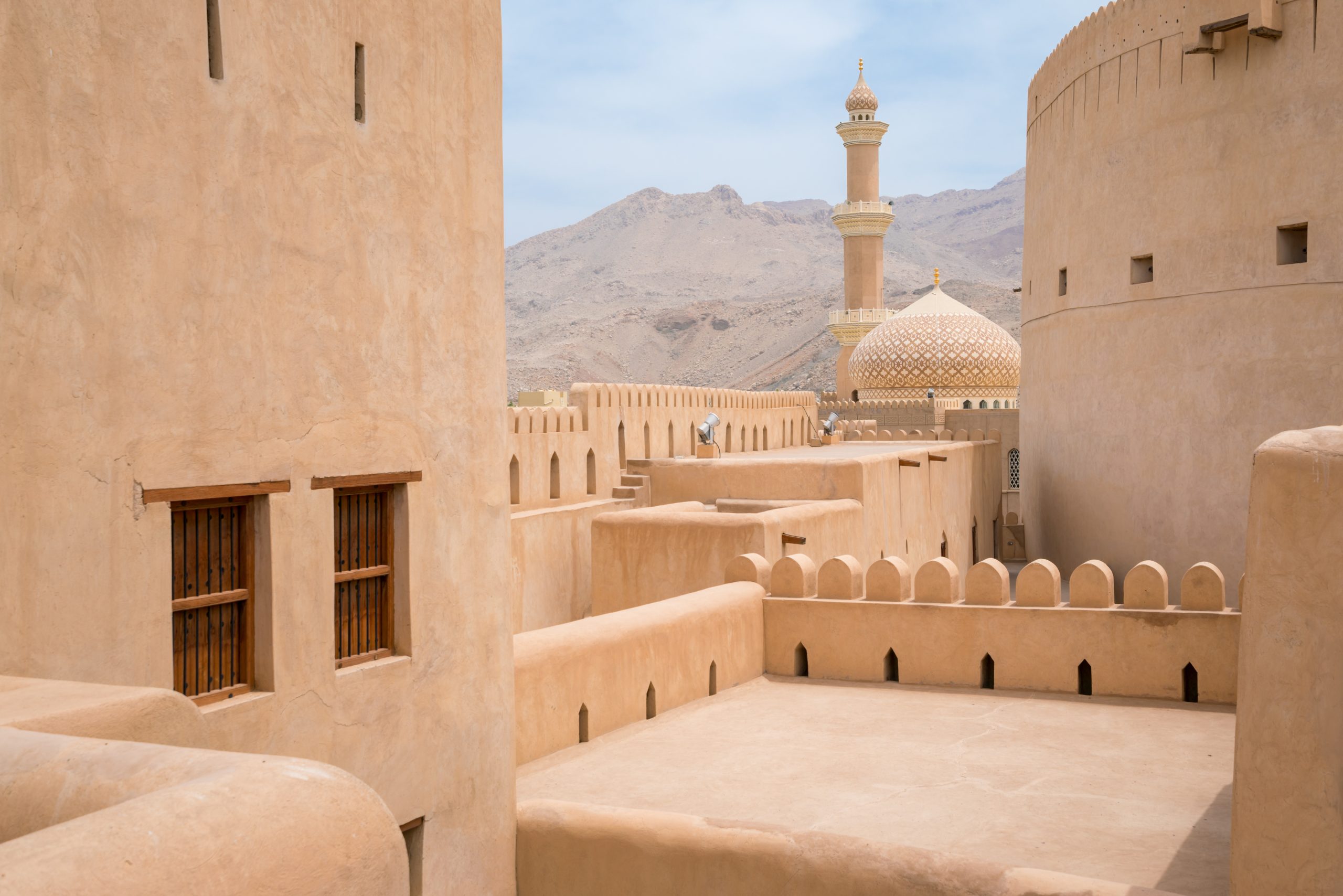United Arab Emirates – Renewable Energy and Clean Energy

The United Arab Emirates (UAE) continues to be at the frontline of the energy transition in the MENA region, underpinned by a strong government commitment and investments. This is creating numerous opportunities for U.S. exporters.
Milestones include:
• The establishment in 2006 of the Abu Dhabi Future Energy Company (Masdar) and the first carbon-neutral zero waste city (Masdar City).
• The hosting of the annual World Future Energy Summit in Abu Dhabi since 2008.
• The establishment of the Emirates Nuclear Energy Corporation (ENEC) in 2009.
• The International Renewable Energy Agency (IRENA)’s designation of Abu Dhabi as its headquarters in 2009 and IRENA’s relocation on the edge of the Masdar City campus in 2015.
• The development of strategic mega solar projects and UAE climate change action efforts, illustrated in the UAE’s ratification of the Paris agreement in 2016.
• The designation of a UAE Special Climate Change Envoy and the dedication of a Sustainability Pavilion at the Expo Dubai World’s Fair, which ran from October 2021 to March 2022.
• The UAE hosting of COP 28 in November 2023.
• The announcement of 2023 as the UAE Year of Sustainability.
As President of COP 28, Dr. Sultan Al Jaber’s mandate is to steer the COP process and facilitate consensus among Parties on the negotiated agreement for climate action
The UAE is committed to achieving net zero by 2050 and will activate the nation for a whole-of-country approach in the Year of Sustainability culminating with COP28 in the UAE in November-December, 2023.
According to Fitch Solutions MEA Power & Renewables Insight April 2023, solar power is expected to play an instrumental role in the UAE’s expansion of non-hydropower renewable growth, as the market has several large-scale solar projects in the pipeline.
In January 2017, the UAE launched the national “Energy Strategy 2050,” considered to be the first unified energy strategy in the country that is based on supply and demand. The strategy is very ambitious and aims to increase the contribution of clean energy in the total energy mix from 25% to 50% by 2050 and reduce the carbon footprint of power generation by 70%. It also seeks to increase consumption efficiency of individuals and corporates by 40%.
The strategy targets an energy mix that combines renewable, nuclear, and clean energy sources to meet the UAE’s economic requirements and environmental goals as follows:
• 44% clean energy
• 38% gas
• 12% clean coal, and
• 6% nuclear.
The UAE government aims to invest over $163 billion by 2050 to meet the growing energy demand and ensure a sustainable growth for the country’s economy.
Among the seven emirates that make up the UAE, most of the renewables’ activity is concentrated in Abu Dhabi and Dubai, which analyst predict will together account for more than 90 percent of capacity in 2025.
Four solar projects, which are all at various stages of development, are expected to drive this growth: the Al Dhafra (2GW), Abu Dhabi PV3 (1.5GW), and the fourth (950MW) and fifth (900MW) phases of the Mohammad bin Rashid Al Maktoum (MBR) solar facility. The MBR plant is said to be the world’s largest single-site solar installation with a planned total capacity of 5GW when fully operational by 2030.

